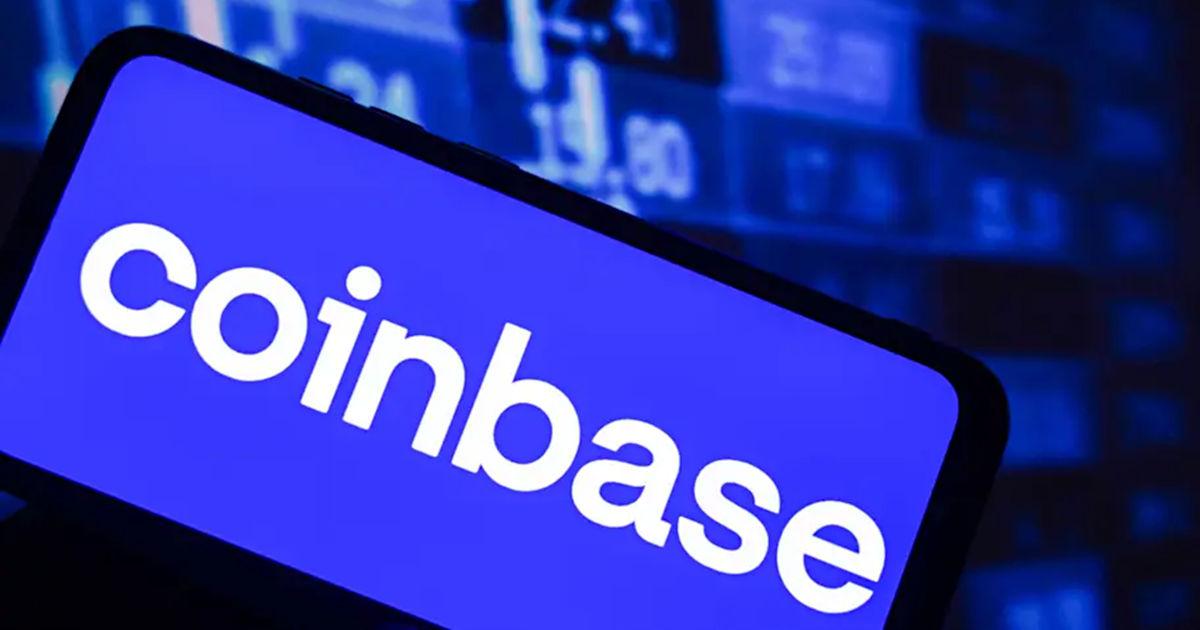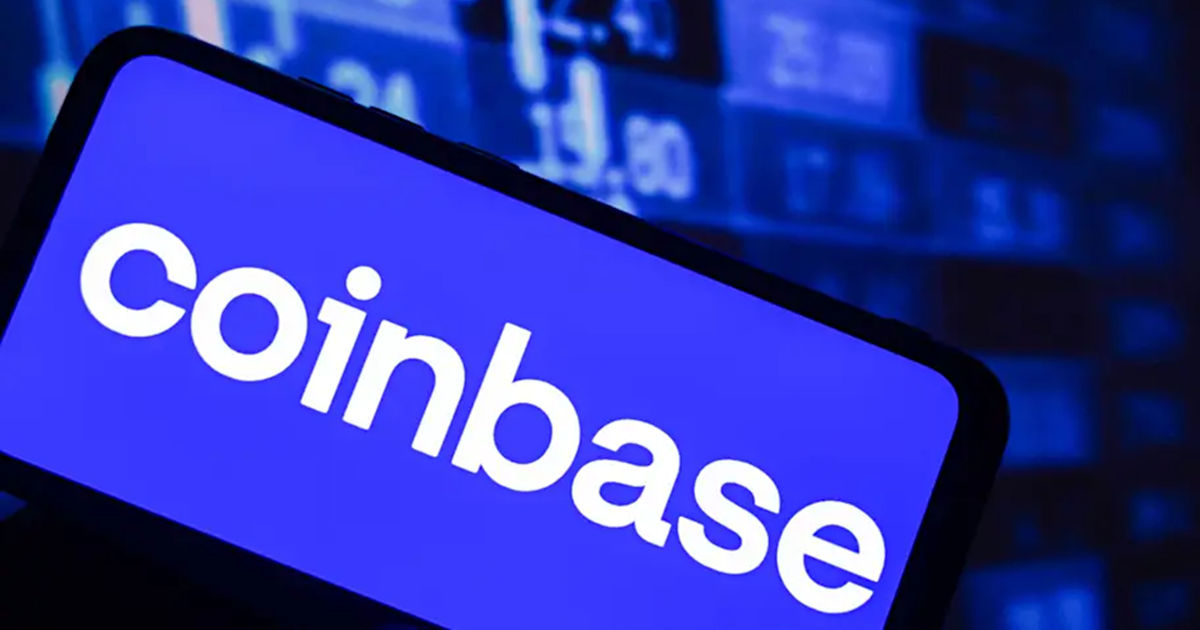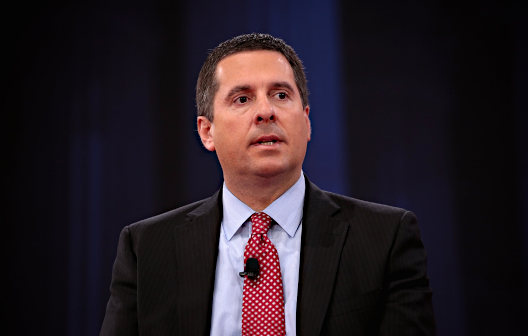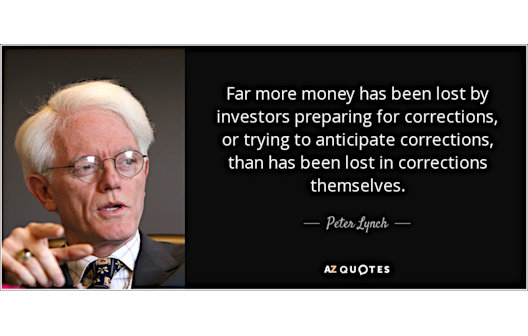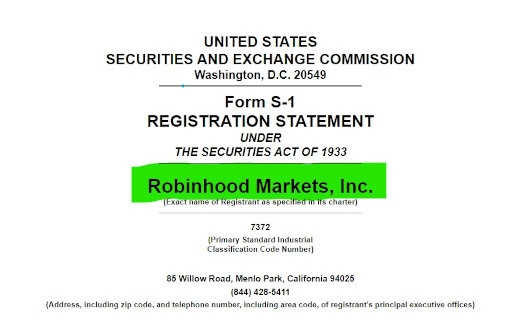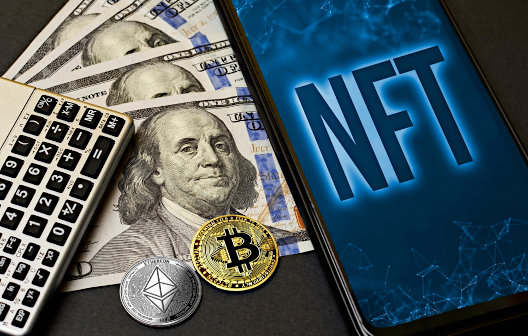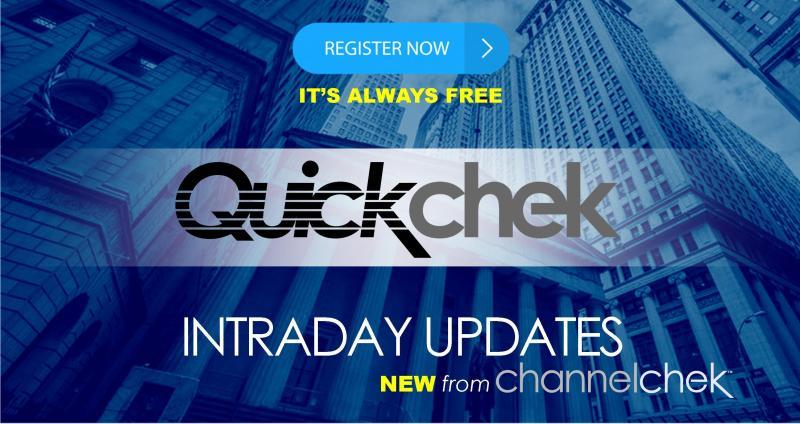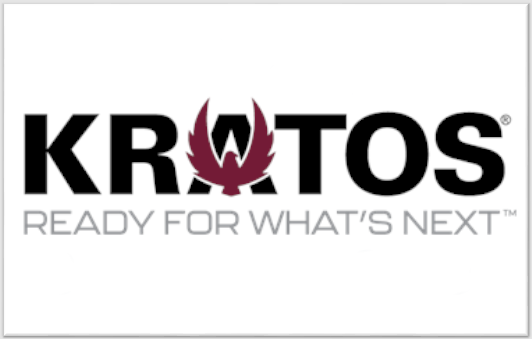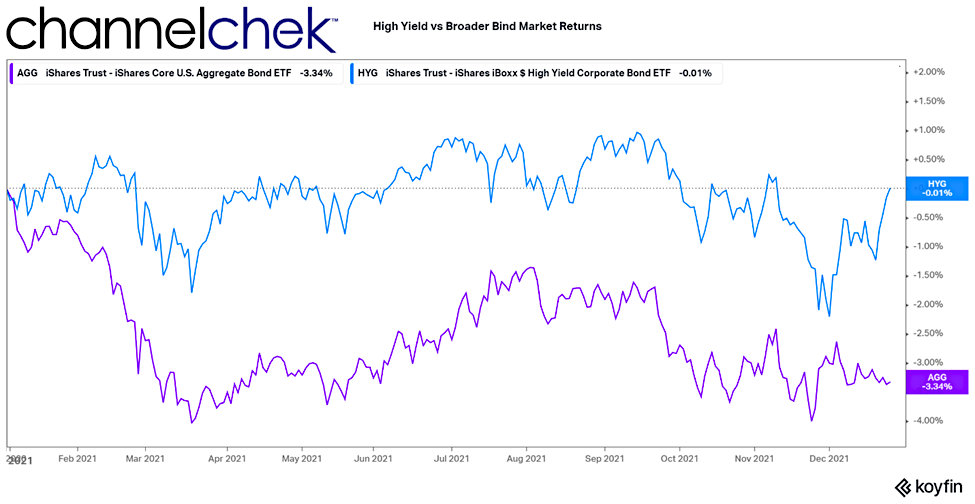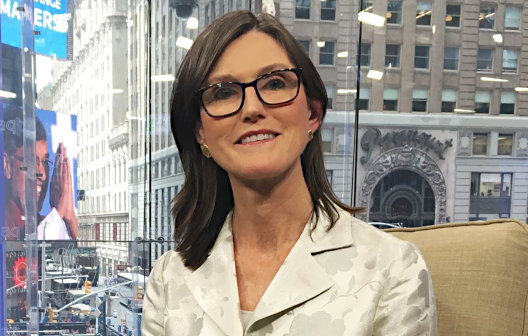Image Credit: Johannes Plenio
New Light Shed on the Federal Reserve’s Road Toward Accepting Cryptocurrency
Much of Fed Chairman Jay Powell’s confirmation hearing, essentially a job interview to keep his job, was sleepy. He straddled a lot of fences and tried to make everyone happy while not saying anything that could be overblown and impact the economy or roil markets. Digital currencies came up in a question, and his response shed much more needed light on the Fed’s
unofficial stance. Powell also offered clearer insight on his thoughts on privately issued cryptocurrency.
Position on Digital Currency
Powell was responding to a question asked by Sen. Pat Toomey during the hearing. Toomey asked, “If Congress were to authorize and the Fed were to pursue a central bank digital dollar, is there anything about that that ought to preclude a well-regulated, privately issued stable coin from co-existing with a central bank digital dollar?” Powell’s response was without hesitation. “No, not at all,” Powell said confidently.
Addressing an inquiry as to the state of the Fed’s long-promised, much-awaited report, from Senator Mike Crapo remotely from the Dirks, Powell said the Fed’s report on digital currencies is not “quite where we needed to get it” but would be released soon. The Fed chair explained the delayed report was the consequence of “changes in monetary policy.” The
report is expected to discuss official policy surrounding the possible rollout of a central bank digital currency in the U.S. “It’s more going to be an exercise in asking questions and seeking input from the public rather than taking a lot of positions on various issues, although we do take some positions,” said Powell. “The report really is ready to go and I would expect we will drop it — I hate to say it again — in coming weeks.”
Other Digital Currency News
Powell’s testimony came the same day (January 11) Representative Tom Emmer’s Twitter post attracted thousands of retweets and “Likes.” In it, he indicated he would be presenting new legislation on digital currency. It’s unclear what the legislature may be. It could be an attempt at “fixing” the definition of a broker in the infrastructure law, which took effect in November 2021, or another regulatory path to encourage innovation in the crypto industry.
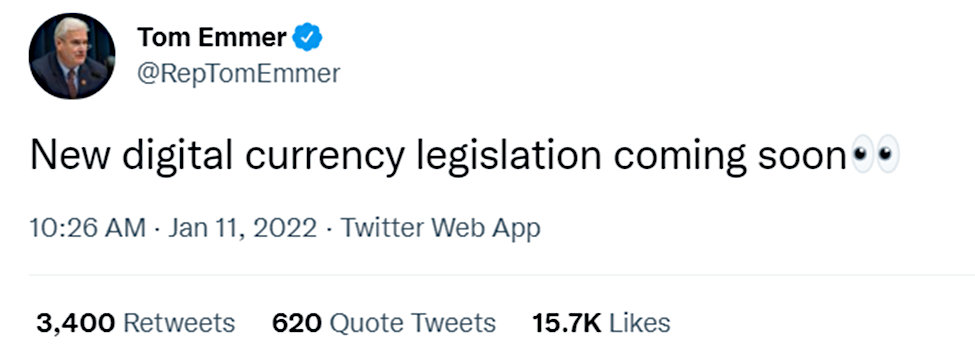
Take-Away
The lack of clarity from Washington, including the Fed, Congress, and the SEC, on how to regulate the ongoing upsurge in the private digital currency space has caused those in the US Capitol, Wall Street, and the crypto universe to clash. Answers as to the official direction may be ahead as Powell confirmed that the central bank is planning to publish its much-awaited report on digital currencies in the coming weeks. This came after he pointedly agreed that a digital currency could co-exist within our monetary system with traditional cash dollars.
Managing Editor, Channelchek
Suggested Reading:
 Is Gold Still Preferred Over Large Digital Currencies as a Safe-Haven Asset?
|
 Non-Fungible-Tokens Have Become a New Revenue Source for Once Stodgy Institutions
|
 About the Central Bank Digital Currency Position Report, That’s Late
|
 How Close is the US to Having a Digital Currency?
|
Sources:
https://twitter.com/RepTomEmmer
Stay up to date. Follow us:

|



